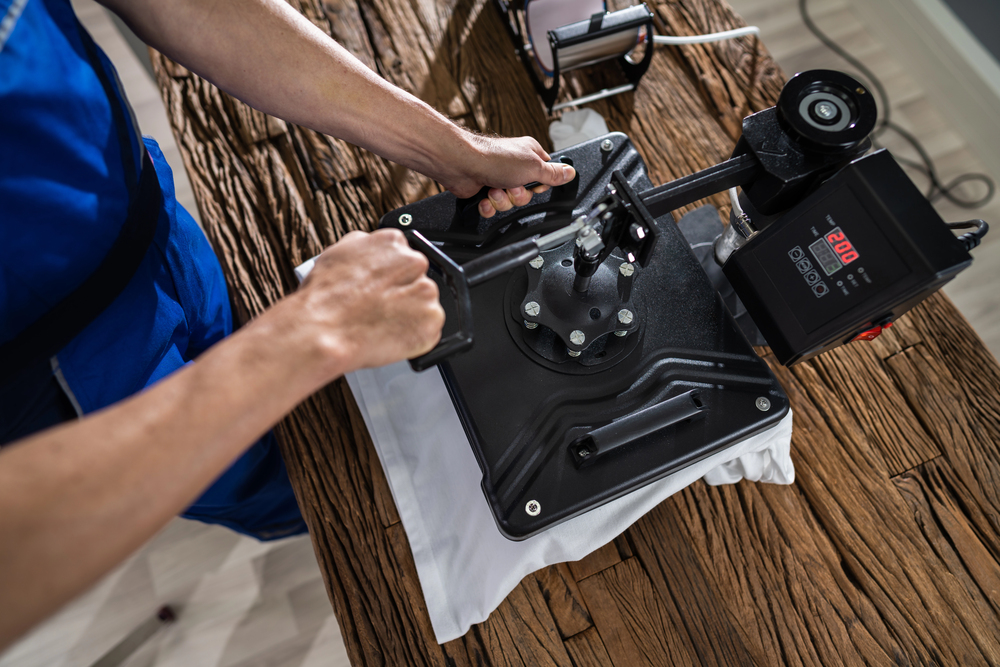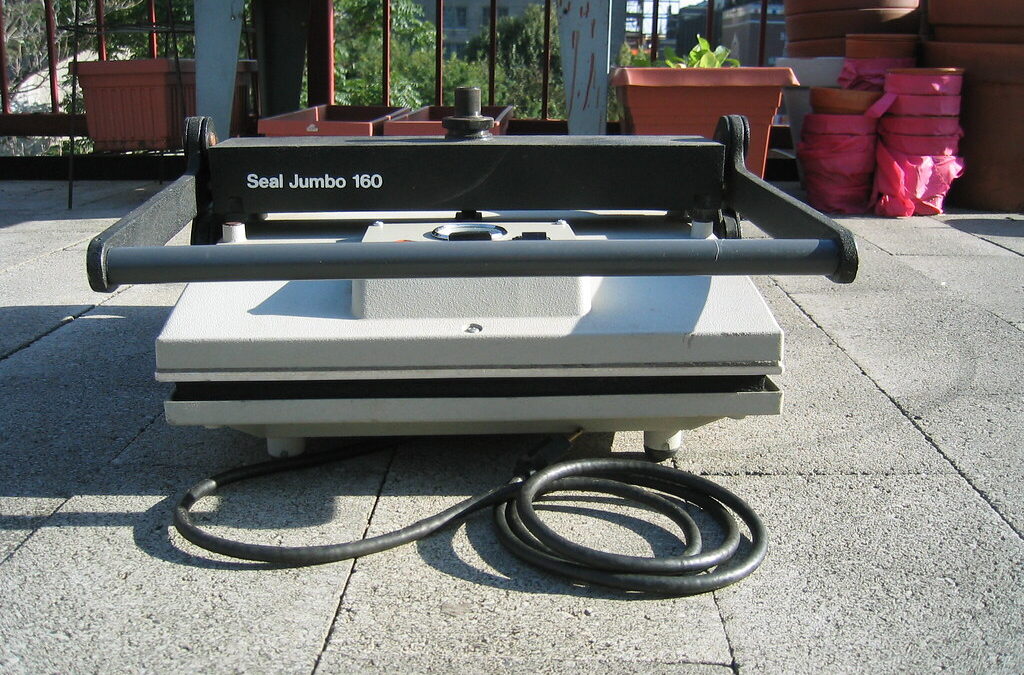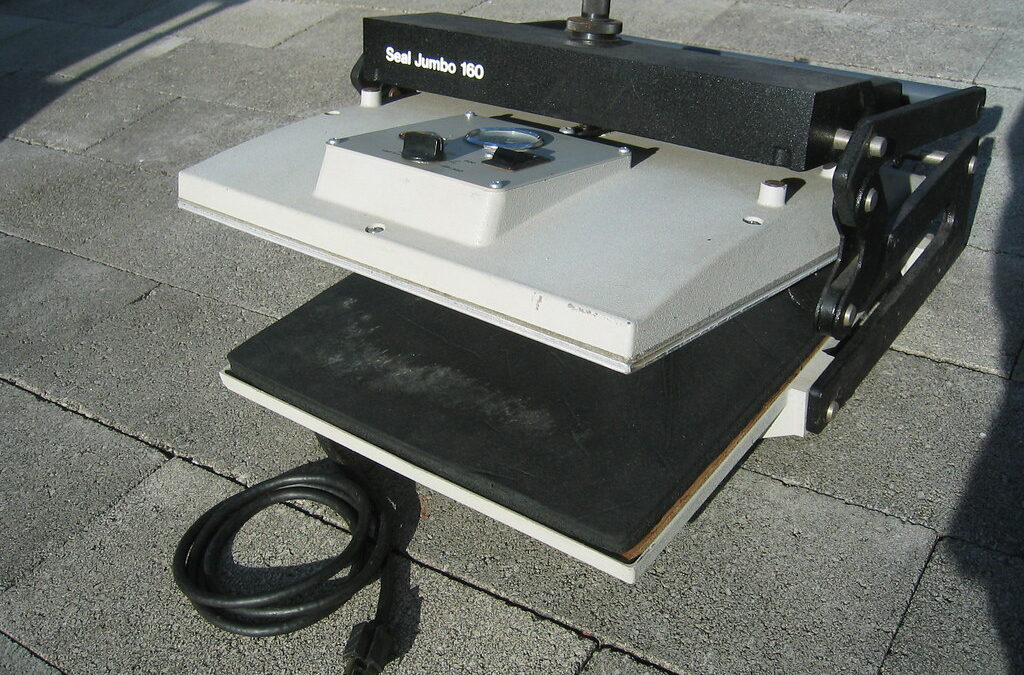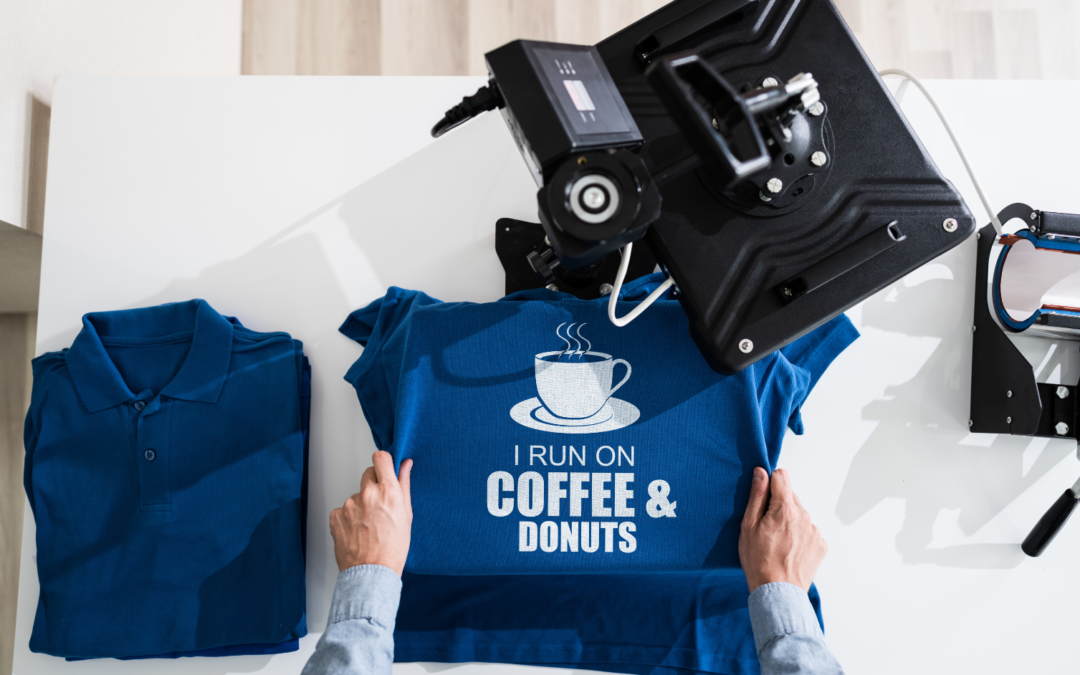Custom hats have become the cornerstone of modern personal branding, from small businesses showcasing their logos to individuals creating unique gifts for loved ones. The secret behind those crisp, professional-looking designs lies in a specialized piece of equipment: the hat press.
A hat press is far more than just another heat press machine—it’s a precision tool designed specifically for the curved surfaces and unique challenges that caps and hats present. Unlike regular heat presses that work on flat surfaces, hat presses accommodate the three-dimensional nature of headwear, ensuring your heat transfers apply evenly and professionally every time.
Whether you’re a small business owner looking to expand your product line, a DIY enthusiast eager to create personalized gifts, or an entrepreneur exploring new revenue streams, understanding how to choose and use a hat press can transform your creative potential. This comprehensive guide will walk you through everything you need to know about hat presses, from their essential features to professional application techniques.
What is a Hat Press?
A hat press is a specialized heat press machine designed specifically for applying heat transfers, vinyl, and other decorative materials to caps, hats, and curved surfaces. Unlike standard heat presses that work on flat garments, hat presses feature a curved heating element that conforms to the shape of headwear, ensuring even pressure distribution and consistent results.
The machine consists of several key components that work together to create professional-quality transfers. The heating element, typically measuring 3.5″ x 6″, provides the necessary temperature for activating adhesives in transfer materials. A hold-down device secures the cap in place, creating a smooth, stable surface for application. The pressure adjustment mechanism ensures even contact across the entire design area, while digital displays monitor temperature and time settings for consistent results.
How Hat Presses Differ from Regular Heat Presses
Regular heat press machines excel at flat surfaces like t-shirts, but they struggle with the curved geometry of caps and hats. The curved heating platen of a hat press follows the natural contour of headwear, eliminating the air gaps and uneven pressure that occur when using flat heat presses on curved surfaces.
This specialized design prevents common issues like incomplete transfer adhesion, wrinkled designs, and scorched materials. The compact size of most hat presses also makes them ideal for small businesses and home-based operations where space is at a premium.
Benefits for Small Business Applications
For small business owners, a hat press opens up new revenue opportunities in the custom apparel market. Custom hats typically command higher profit margins than basic t-shirts, and the personalization options are virtually limitless. Whether you’re creating corporate promotional items, sports team merchandise, or fashion accessories, a hat press enables you to offer professional-quality products that compete with larger commercial operations.
The relatively low startup cost and minimal space requirements make hat presses particularly attractive for home-based businesses. Many entrepreneurs start with a single hat press and gradually expand their equipment as demand grows.
Key Features to Look for in a Hat Press
Even Pressure Distribution
The most critical feature of any hat press is its ability to maintain consistent pressure across the entire design area. Uneven pressure results in patchy transfers, with some areas adhering properly while others remain loose or completely fail to bond.
Under-the-Center Pressure Adjustment represents a significant advancement in hat press technology. This feature ensures that pressure is distributed evenly from the center outward, eliminating the edge-to-edge inconsistencies that plague inferior machines. The MAXX Cap Heat Press incorporates this technology, providing professional-quality results even for inexperienced users.
Temperature Control and Digital Displays
Accurate temperature control is essential for successful heat transfers. Different materials require specific temperature ranges—too low and the adhesive won’t activate properly, too high and you risk scorching the cap or damaging the transfer material.
Easy-to-read digital displays eliminate guesswork by providing precise temperature and time readouts. Look for machines that offer quick temperature recovery and maintain stable heat levels throughout the application process. Digital controls also allow you to save favorite settings for different materials, speeding up your workflow.
Non-Stick Coating Benefits
A high-quality non-stick coating on the heating platen prevents transfers from sticking to the machine while protecting the cap surface from damage. This coating also makes cleanup easier, extending the life of your equipment and maintaining professional appearance standards.
Non-stick coatings are particularly important when working with vinyl transfers or when applying multiple layers of materials. Without proper coating, residue buildup can create uneven heating and potentially damage future projects.
Compact and Portable Design
Space efficiency matters, especially for small businesses and home-based operations. The best hat presses deliver professional results while maintaining a compact footprint that fits comfortably on standard work surfaces.
Portable designs also enable mobile heat printing operations, allowing you to take your business directly to customers at events, markets, or temporary locations. This flexibility can significantly expand your market reach and customer base.
Hold-Down Device Security
A reliable hold-down device is crucial for securing caps during the heat transfer process. This feature prevents shifting and movement that can result in blurred or misaligned designs. The device should accommodate various cap styles and sizes while maintaining consistent pressure.
The MAXX Cap Heat Press includes a specialized hold-down device that creates a smooth, stable surface for transfer application. This feature is particularly valuable when working with structured caps or unusual hat styles that might otherwise be challenging to secure properly.

Types of Hat Presses
Manual Hat Presses
Manual hat presses require the operator to control all aspects of the heat transfer process, from opening and closing the machine to timing the application. These machines typically offer the most affordable entry point into hat pressing and provide complete control over pressure and timing.
The main advantages of manual presses include lower initial cost, simpler maintenance requirements, and the ability to make real-time adjustments during the application process. However, they require more operator skill and attention, which can slow production times and increase the risk of inconsistent results.
Manual presses work well for small-scale operations, hobbyists, and businesses that prioritize initial cost savings over production speed. They’re also ideal for custom work where each piece requires individual attention and unique settings.
Automatic Hat Presses
Automatic hat presses incorporate advanced features like auto-open mechanisms, preset timers, and consistent pressure application. These machines reduce operator fatigue and improve production consistency, making them ideal for higher-volume operations.
The Hotronix Auto Cap Heat Press features a patented magnetic auto-open feature that prevents over-application by automatically lifting the heating element when the timer expires. This technology eliminates the risk of scorching while ensuring optimal transfer adhesion.
Additional automatic features may include Twin Timer™ technology, which allows users to pre-set individual time settings for two-step applications or for pre-heating and application sequences. These features streamline workflow and reduce the learning curve for new operators
How to Choose the Right Cap Heat Press for Your Needs
Assess Your Production Volume
Start by honestly evaluating your expected production volume. If you’re planning to create a few dozen custom hats per month, a manual press may meet your needs perfectly. However, if you’re targeting hundreds of pieces or planning to offer hat customization as a primary business service, an automatic press will provide better long-term value.
Consider not just your current needs but your growth projections. While it’s tempting to start with the least expensive option, upgrading equipment as your business grows can be more costly than investing in appropriate capacity from the beginning.
Evaluate Material Compatibility
Different hat materials require different temperature and pressure settings. Cotton caps can typically handle higher temperatures than synthetic materials, while leather or specialty fabrics may require unique approaches. Ensure your chosen press can accommodate the full range of materials you plan to work with.
Review the temperature range and pressure adjustment capabilities of any machine you’re considering. The best presses offer wide temperature ranges (typically 0-400°F) and precise pressure control to handle everything from delicate fabrics to heavy-duty materials.
Set a Realistic Budget
Hat presses range from a few hundred dollars for basic manual models to several thousand dollars for commercial-grade automatic machines. The MAXX Cap Heat Press, priced at $900, offers an excellent balance of features and affordability for small businesses and serious hobbyists.
Consider not just the initial purchase price but also ongoing costs like maintenance, replacement parts, and electricity consumption. Higher-quality machines often cost more upfront but provide better long-term value through improved durability and lower operating costs.
Research Reviews and Recommendations
Customer feedback provides valuable insights into real-world performance that specifications alone can’t convey. Look for reviews from users with similar applications and production volumes to your own situation.
Pay particular attention to comments about build quality, customer service, and long-term reliability. A machine that works well for six months but fails after a year of regular use is not a good investment, regardless of its initial price.
Consider Made in USA Benefits
Products manufactured in the USA often provide superior quality control, better customer service, and stronger warranty support. Both the MAXX Cap Heat Press and Hotronix Auto Cap Heat Press are proudly made in the USA, ensuring high-quality manufacturing standards and supporting local businesses.
American-made equipment also typically offers better parts availability and service support, reducing downtime and maintenance costs over the machine’s lifetime.

Step-by-Step Guide to Using a Hat Heat Press Machine
Prepare Your Design and Materials
Begin by creating or selecting your design and printing it on appropriate transfer material. DTF transfers from suppliers like Limitless Transfers offer excellent color accuracy and durability for hat applications. Ensure your design is sized correctly for the cap and positioned to work with the press’s 3.5″ x 6″ heating area.
Pre-cut your transfer material, leaving a small border around the design for easy handling. Having all materials ready before starting the press reduces application time and improves consistency.
Set Up Your Hat Press
Turn on your hat press and allow it to reach the proper temperature for your specific transfer material. DTF transfers typically require temperatures between 300-320°F, while vinyl materials may need different settings. Consult your transfer supplier’s recommendations for optimal results.
Adjust the pressure settings according to the cap material and transfer type. Most applications require medium to firm pressure, but delicate materials may need lighter pressure to prevent damage.
Position and Secure the Hat
Place the cap on the press with the area to be decorated facing up. Use the hold-down device to secure the cap and create a smooth, stable surface. Proper positioning is crucial—the design area should be flat and centered under the heating element.
Take time to ensure the cap is properly aligned and secured. Rushing this step often results in crooked or poorly adhered transfers that require rework.
Apply the Heat Transfer
Position your transfer material on the cap with the design facing down (for DTF transfers) or up (for vinyl). Double-check the placement before lowering the heating element. Press down firmly and start the timer according to your material’s specifications.
Maintain consistent pressure throughout the application time. Avoid lifting or adjusting the press during the process, as this can cause incomplete bonding or design distortion.
Cool Down and Finish
Allow the transfer to cool briefly before removing the backing material. DTF transfers are typically hot-peel, meaning you can remove the backing immediately while the transfer is still warm. Follow your specific material’s instructions for best results.
Inspect the finished product for complete adhesion and proper appearance. If any areas appear loose or incomplete, you may need to reapply heat and pressure to those specific areas.
Maintenance and Care Tips
Regular Cleaning Procedures
Clean your hat press regularly to remove adhesive residue and maintain optimal performance. Use a soft cloth and mild cleaning solution to wipe down the heating platen when it’s cool. Avoid abrasive cleaners that could damage the non-stick coating.
For stubborn residue, use a plastic scraper or specialized cleaning products designed for heat press equipment. Never use metal tools that could scratch the heating surface.
Proper Storage Practices
Store your hat press in a clean, dry environment when not in use. If possible, keep it covered to prevent dust accumulation. Ensure the heating element is completely cool before storing and avoid placing heavy objects on top of the machine.
Regular storage in appropriate conditions extends equipment life and maintains consistent performance over time.
Maintenance Schedule
Establish a regular maintenance routine that includes cleaning, inspection of electrical connections, and calibration of temperature and pressure settings. Many manufacturers recommend professional service annually for commercial applications.
Keep detailed records of maintenance activities and any issues that arise. This information can be valuable for warranty claims and helps identify patterns that might indicate needed repairs or adjustments.
Common Mistakes to Avoid When Using a Hat Press
Incorrect Temperature Settings
Using the wrong temperature is one of the most common mistakes in hat pressing. Too low temperatures result in poor adhesion and premature failure, while excessive heat can scorch the cap or damage the transfer material. Always consult your transfer supplier’s recommendations and test on sample materials before processing final products.
Different cap materials require different temperature approaches. Cotton caps can typically handle higher temperatures than synthetic blends, while specialty materials like leather or nylon may require unique settings.
Inadequate Pressure Distribution
Failing to achieve even pressure across the entire design area leads to inconsistent results and professional appearance problems. This issue is particularly common with basic machines that lack Under-the-Center Pressure Adjustment features.
Take time to properly position the cap and adjust pressure settings for each material type. Consistent pressure is more important than excessive force—too much pressure can actually cause problems with some transfer materials.
Timing and Process Errors
Rushing the application process or failing to follow proper timing procedures results in poor-quality transfers. Each material type has specific time requirements, and deviating from these specifications can cause adhesion problems or material damage.
Develop a consistent routine for each type of transfer you work with. Having standardized procedures reduces errors and improves overall quality.
Making the Most of Your Hat Press Investment
A quality hat press represents a significant investment in your business’s capabilities and growth potential. To maximize your return on investment, focus on developing consistent processes, maintaining your equipment properly, and continuously expanding your skills and material knowledge.
Consider starting with a reliable, well-featured machine like the MAXX Cap Heat Press, which offers professional capabilities at a reasonable price point. As your business grows and your needs evolve, you can upgrade to more advanced models like the Hotronix Auto Cap Heat Press with its automatic features and enhanced productivity.
Remember that the quality of your transfers depends not just on your equipment but also on the materials you use. Partner with reputable suppliers like Limitless Transfers, who offer award-winning DTF transfers with accurate colors and reliable performance. Their cutting-edge printing technology and same-day shipping can help you meet customer demands while maintaining high quality standards.
The custom apparel market continues to grow, and businesses that can offer professional-quality hat customization are well-positioned to capture this demand. With the right equipment, proper techniques, and quality materials, your hat press can become a cornerstone of a successful custom apparel business.
Ready to take your custom apparel business to the next level? Explore Limitless Transfer Options Now and discover how professional-grade DTF transfers can elevate your hat pressing results to new heights.
Learn More About Heat Presses
Whether you’re starting a custom apparel business or upgrading your crafting setup, understanding heat presses is essential. Explore these trusted resources to learn more about the different types, how they work, and how to choose the right one:









